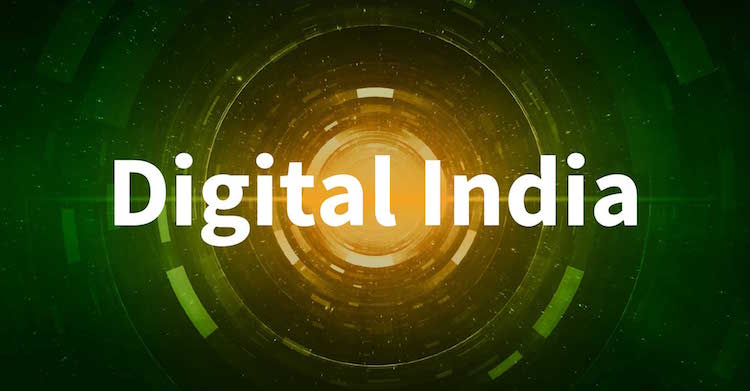India has a population of 1.3 billion people , including 400 million Internet users. This means that currently over 70% of citizens are not using the Internet. Contributing factors are a lack of infrastructure and a need to improve Internet literacy.
To address these challenges, on 1 July 2015, India’s Prime Minister Narendra Modi launched an ambitious and forward-thinking program called Digital India – with specific targets to be reached by 2019. Digital India seeks to expand India’s digital infrastructure so that every citizen has access to the Internet and knows how to use it. A major part of the program is to connect rural areas to the Internet. Three core goals are: creating infrastructure, delivering services digitally and increasing digital literacy.
The program has a far-reaching agenda – it includes broadband access, universal phone access, e-Government reform, and e-Kranti (electronic revolution) – meaning the electronic delivery of services such as banking, health and education. Other projects target electronics manufacturing, information technology and jobs. A variety of related initiatives have sprung up – involving engineering and technical standards for the government, product development efforts around services, research and innovation, and a Centre of Excellence on the Internet of Things.
What are the specific targets? Just on the connection front, Digital India aims to bring broadband to 250,000 villages, create 400,000 public Internet access points, and deploy Wi-Fi to 250,000 schools and all universities. Equally ambitious in the employment arena, the program would directly create 17 million jobs and indirectly another 8.5 million.
To devise solutions, Digital India is relying on the multistakeholder model, involving government, industry, civil society and end users. At the ICANN57 Opening Ceremony in Hyderabad earlier this week, Ravi Shankar Prasad – Minister of Law & Justice, & Electronics & Information Technology, Government of India – spoke of the importance of community engagement. “Our idea is to partner with the global community to make the Internet more accessible without discrimination. And, therefore, we're involved in a big program of digital literacy,” said Prasad. “We are going to make 600 million digitally literate in the coming three years.”


